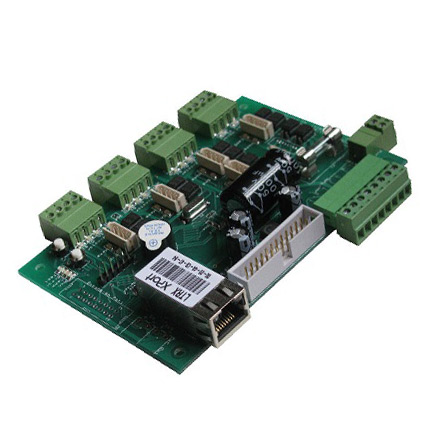

Understanding the Price Dynamics of 5mm Reflective Glass
In the world of architecture and design, glass plays a pivotal role in shaping aesthetics and functionality. Among the various types of glass offered on the market, 5mm reflective glass has gained relatively high popularity due to its unique features and versatile applications. From commercial buildings to luxurious homes, contractors and designers consistently seek out reflective glass for its ability to enhance both visual appeal and energy efficiency. However, understanding the pricing dynamics of 5mm reflective glass is crucial for those looking to incorporate it into their projects.
Characteristics of 5mm Reflective Glass
5mm reflective glass is characterized by its thinness (5mm) and reflective coating that allows it to reflect a significant portion of light while still letting some in. This feature not only contributes to energy efficiency by reducing the need for artificial lighting but also enhances privacy and reduces glare. Moreover, it is often used in façades and windows, as it adds a modern touch and allows for a stunning visual effect by reflecting the surrounding environment.
Factors Affecting Price
When it comes to pricing, several factors come into play
1. Production Process The manufacturing process for 5mm reflective glass is more complex than that of standard glass. This complexity often results in higher production costs. Technologies such as sputter coating are commonly used in creating reflective surfaces, which can further drive up prices.
2. Raw Materials The quality and type of raw materials used in the production of reflective glass significantly affect the price. High-quality silicates and metal oxides might increase production costs, influencing the final price on the market.

3. Location and Shipping Costs The geographical location of suppliers can heavily impact pricing. If the glass is locally sourced, transportation costs may be lower. Conversely, imported glass might include additional shipping and customs fees, contributing to higher prices.
4. Market Demand The demand for reflective glass can fluctuate based on trends in construction and architecture. During peak building seasons, the increased demand can lead to higher prices. Similarly, economic conditions can affect market demand for construction materials, including reflective glass.
5. Thickness and Size While the focus here is on 5mm reflective glass, pricing can also vary based on the dimensions and customizations of the glass. Larger panels or specially cut pieces often come at a premium price.
6. Installation Costs The overall cost of reflective glass should also include installation. Specialized contractors may be needed for the installation of 5mm reflective glass, which can increase the total project cost.
Market Trends and Predictions
As sustainability continues to play a pivotal role in building design, the demand for energy-efficient materials like 5mm reflective glass is likely to grow. Many architects are now seeking materials that not only enhance the aesthetic appeal of buildings but also contribute to energy savings. This trend could drive the price higher as demand increases.
Conclusion
The price of 5mm reflective glass is influenced by a multitude of factors, from production processes and raw materials to location and market demand. For those considering its use in construction or design, it is essential to weigh these factors carefully. Comprehensive market research will ensure that buyers are informed about what drives costs, thus enabling them to make savvy purchasing decisions. As trends in sustainability and energy efficiency continue to evolve, reflective glass may become a preferred choice for modern design, potentially impacting its availability and pricing in the future. Whether for commercial or residential use, understanding the price dynamics of 5mm reflective glass is integral for successful project outcomes.